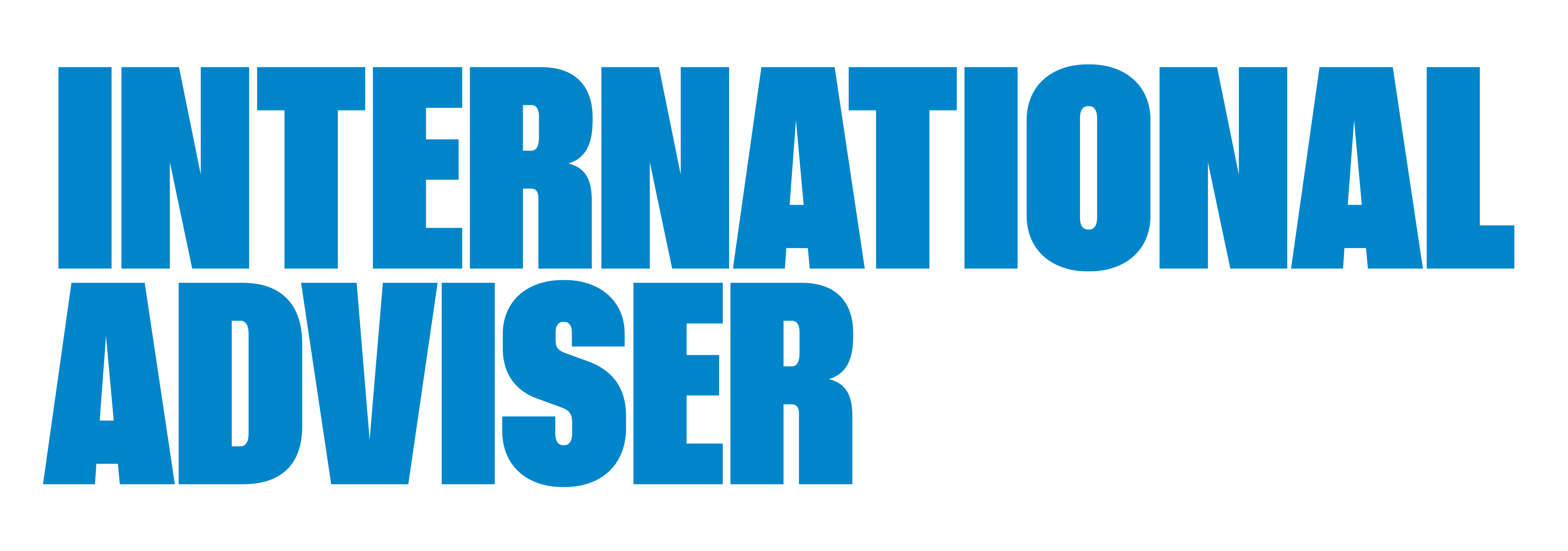Schroders, JP Morgan and Fidelity are among the big names listed by the group as having charged investors active management fees for funds that in reality closely followed an index, something that was the focus of an investigation by the European Securities and Markets Authority in February last year.
The list, compiled by European group ‘Better Finance’, is based on a study that closely replicated the research completed by Esma which found between five and 15% of the 2332 Ucits equity funds it sampled were potentially ‘index huggers’.
However, the ESMA refused to name any funds, prompting Better Finance to conduct the same study, but also ‘name and shame’ the funds sampled in order to prevent investors ‘being left in the dark’.
Guillaume Prache, managing director of Better Finance, used the findings to urge regulators to insist on more transparency in the industry and said: “Restoring savers’ and investors’ confidence is key for growth and jobs in Europe as highlighted by the EU Authorities. Let’s walk the talk. These findings are further clear proof that EU regulators must not eliminate the standardized and supervised disclosure of the long-term and relative past performance of retail investment products to their benchmark, as they unfortunately plan to do in the implementing rules for PRIIPs.”
The majority of funds, 57%, could not be properly analysed because of a scarcity of data available on Morningstar, but of the “sufficiently transparent funds” 16% showed characteristic of being potential closet index funds, Better Finance said.
Schroders, which has two emerging market funds and a global healthcare fund in the list of potential closet trackers, questioned the accuracy of the data used in the research and said active share was only one way to judge the performance of an active fund.
A spokesperson for Schroders said: “We believe that active share is only one of many measures that investors can use to judge the level of active management. Our funds are designed for long term performance to help our clients meet their financial goals.”
Fidelity – Nine benchmark huggers
Fidelity, with nine funds in the list, raised issue with the period the data looked at, claiming there was an “industry-wide pullback in investor risk appetite” between 2009 and 2014 which allegedly saw small-cap positions cut back and active share levels consequently reduced.
“The average active share across Fidelity’s fund range is currently 74.3%, significantly above the 60% threshold, which we believe is highly active for the considerable size and array of assets we run,” a Fidelity spokesperson said. “Active share and tracking error are both useful tools in measuring how different a portfolio is from its benchmark, but in our view these shouldn’t be the only lens through which investors judge a fund,”
J.P. Morgan Asset Management echoed the message that active share was a “one dimensional” measure and said: “It shouldn’t really serve as a substitute for detailed due diligence or be considered a panacea for judging investment performance. A high active share is also no guarantee that a fund will outperform; simply being different from the index is not enough to beat it.”








